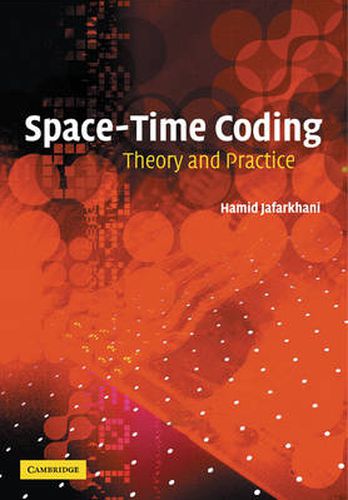Readings Newsletter
Become a Readings Member to make your shopping experience even easier.
Sign in or sign up for free!
You’re not far away from qualifying for FREE standard shipping within Australia
You’ve qualified for FREE standard shipping within Australia
The cart is loading…






This book covers the fundamental principles of space-time coding for wireless communications over multiple-input multiple-output (MIMO) channels, and sets out practical coding methods for achieving the performance improvements predicted by the theory. Starting with background material on wireless communications and the capacity of MIMO channels, the book then reviews design criteria for space-time codes. A detailed treatment of the theory behind space-time block codes then leads on to an in-depth discussion of space-time trellis codes. The book continues with discussion of differential space-time modulation, BLAST and some other space-time processing methods and the final chapter addresses additional topics in space-time coding. The theory and practice sections can be used independently of each other. Written by one of the inventors of space-time block coding, this book is ideal for a graduate student familiar with the basics of digital communications, and for engineers implementing the theory in real systems.
$9.00 standard shipping within Australia
FREE standard shipping within Australia for orders over $100.00
Express & International shipping calculated at checkout
This book covers the fundamental principles of space-time coding for wireless communications over multiple-input multiple-output (MIMO) channels, and sets out practical coding methods for achieving the performance improvements predicted by the theory. Starting with background material on wireless communications and the capacity of MIMO channels, the book then reviews design criteria for space-time codes. A detailed treatment of the theory behind space-time block codes then leads on to an in-depth discussion of space-time trellis codes. The book continues with discussion of differential space-time modulation, BLAST and some other space-time processing methods and the final chapter addresses additional topics in space-time coding. The theory and practice sections can be used independently of each other. Written by one of the inventors of space-time block coding, this book is ideal for a graduate student familiar with the basics of digital communications, and for engineers implementing the theory in real systems.